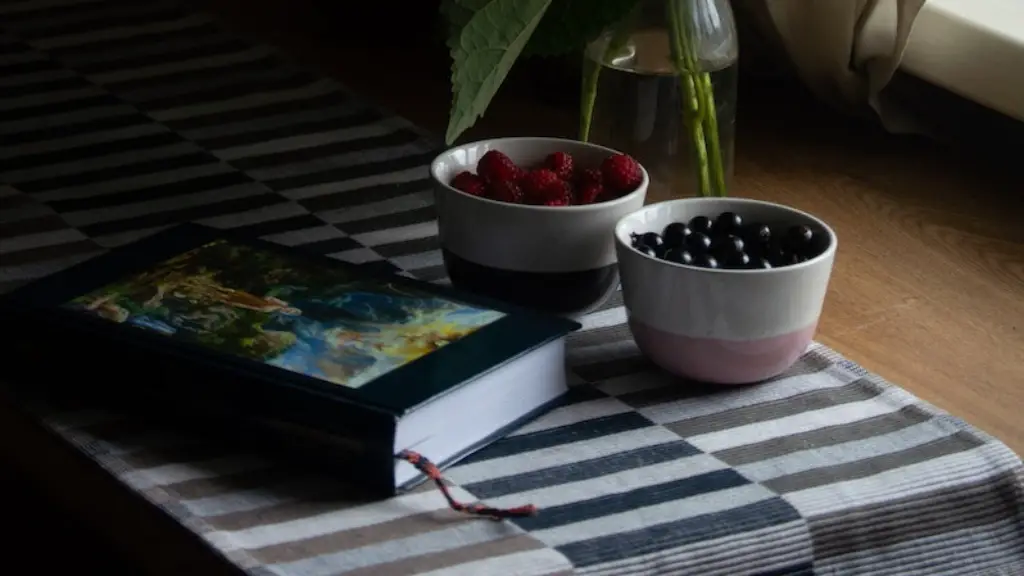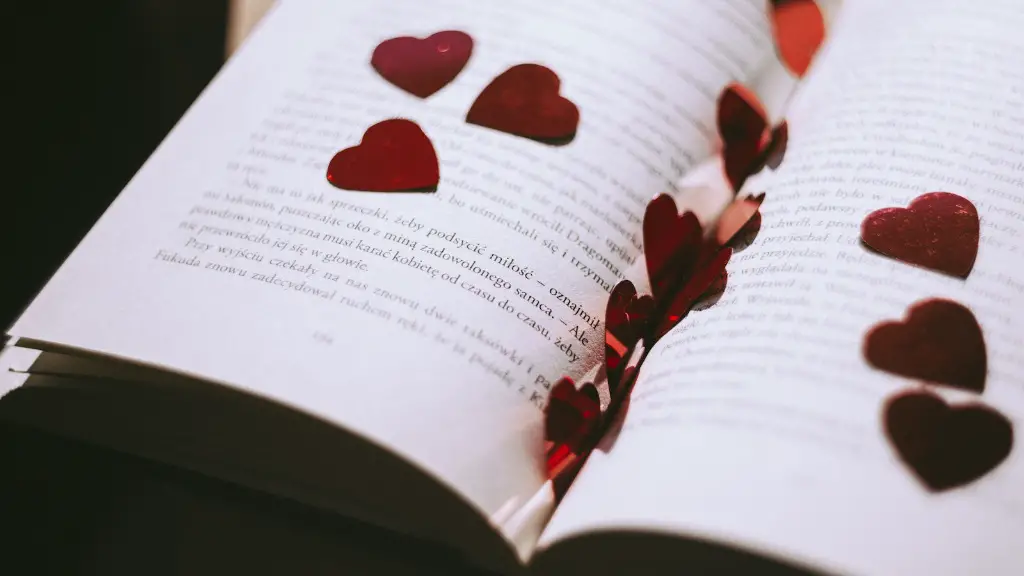Definition of the Metre in Poetry
The metre of poetry is the rhythm of the words and how they are put together. This can be seen in the pattern of stressed and unstressed syllables and line length. The metre of a poem is essential to its form and structure, as it helps to create the emotion behind the words. It can also create a feeling of unity, order, and completeness in a poem.
Types of Metres in Poetry
The two most common types of metre in poetry are iambic and trochaic. Iambic metre is a pattern of alternating stressed and unstressed syllables, usually characterized by the da DUM pattern. An example of the iambic metre can be seen in the Nursery Rhyme “Mary Had a Little Lamb”: “Mary had a little lamb, little lamb,/little lamb, Mary had a little lamb”.
Trochaic metre is also a pattern of alternating stressed and unstressed syllables, but with the stressed syllable first. An example of the trochaic metre can be seen in the poem “Invictus”, by William Ernest Henley: “Out of the night that covers me,/Black as the pit from pole to pole./I thank whatever gods may be/For my unconquerable soul.”
Both iambic and trochaic metre are found in English language poetry, as well as many other types of metre.
The Use of Metre in Poetry
The use of metre in poetry is essential as it helps to create the emotion and feeling behind the words. It also adds a musical quality to the poem, giving it a rhythm and flow which allows the reader to become more immersed in the poem. Metre can also help to emphasize certain points within the poem, or indicate shifts in the tone and emotion of the poem.
Metre can also create a feeling of unity and order in a poem. This is especially true for longer poems, where the metre can act as a guide to the reader by helping them to keep their place or follow a particular line of thought. It can also give the reader a sense of closure at the end of the poem, letting them know that the poem is complete and they have reached the end.
The Meter of Famous Poems
Many famous poems use a combination of different metres in order to evoke certain emotions. For example, William Blake’s poem “The Tiger” uses a combination of iambic and anapaestic metre in order to create a feeling of fear and awe: “Tiger, tiger, burning bright/In the forests of the night./What immortal hand or eye/Could frame thy fearful symmetry?”
John Keats’ “Ode to a Nightingale” uses a combination of iambic, trochaic, and anapaestic metre in order to create a feeling of joy and wonder: “My heart aches, and a drowsy numbness/Pain my sense, as though of hemlock I had drunk.”
These examples show how a combination of different metres can be used to convey different emotions and feelings in a poem.
How to Use Metre in Poetry
When it comes to using metre in poetry, it’s important to remember that there are no hard and fast rules. The metre of a poem is ultimately up to the poet, and they should feel free to experiment and find a combination of metres that works best for their poem. It’s also important to consider the structure of the poem, and how the metre will affect the reading experience.
For example, a longer poem with numerous stanzas may work better with a combination of different metres, as this can help to tie the poem together and make it easier for the reader to follow. On the other hand, a shorter poem with only a few lines may work better with a single metre, as it can help to create a feeling of unity and completeness in the poem.
Metre and Voice in Poetry
The use of metre in poetry can also help to create a sense of the poet’s “voice”. This is because the metre of a poem can help to give a hint of the poet’s emotions, their views on a particular topic, or their own unique style. This can be seen in the poems of John Keats and William Wordsworth, whose use of iambic and anapaestic metre creates a feeling of joy and wonder in their respective works.
It’s important to note, however, that the metre of a poem should never be the only thing considered when looking at a poem. The imagery and language used in a poem should also be taken into account, as this can be just as important as the metre in conveying the poet’s intentions.
The Impact of Metre in Poetry
The use of metre in poetry is essential, and has the power to completely transform a poem. Metre can help to create a feeling of emotion and unity, as well as a sense of the poet’s unique “voice”. Different types of metre can also be used to convey different meanings and create different effects in a poem. Overall, metre is an essential component of poetry, and is something that should be taken into account when writing and reading poetry.
Writing Poetry with Metre
When it comes to writing poetry with metre, the main thing to remember is that there are no hard and fast rules. Different types of metre can be used to create different effects in a poem, and the poet should feel free to experiment and find a combination of metres that works best for them. It’s also important to consider the structure of the poem, and how the metre will affect the reading experience.
Using Metre to Enhance Poetry
Using metre to enhance poetry can help to bring a poem to life and make it more compelling for the reader. Different types of metre can be used to create different effects in a poem, and can help to emphasize certain points or emotions. Metre can also help to give the poem a unique “voice”, which can be used to create a stronger connection between the poet and the reader.
The Role of Metre in Poetry
The role of metre in poetry is essential, as it is a key component of the poem’s form and structure. It helps to create the emotion behind the words, as well as a feeling of unity, order, and completeness. It also helps to bring the poem to life and create a stronger connection between the poet and the reader. In short, metre can help to make a poem more meaningful and enjoyable for the reader.


